With its stunning landscapes, rich culture, and delicious cuisine, Vietnam has become a popular destination for travelers from all over the world. And now, thanks to the Vietnam government’s initiative, …
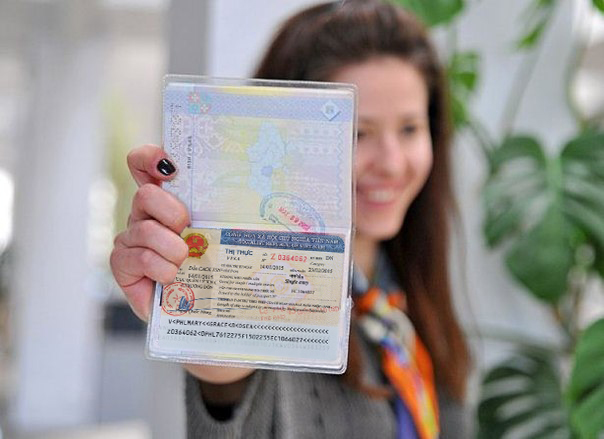
Visa is one of the most complicated matter when traveling abroad. However, it is the most important document that you need to have before going to any country. This document is not easy to get and sometimes it is updated, so many people meet difficulties when applying it. For those who want to get Vietnam visa, this is all information about Vietnam visa policy and how to get it updated in .
It depends on your nationality, where to come in Vietnam, and how long you will stay here. According to the Vietnam Immigration Department, citizens od these countries are exempt from visa when entering Vietnam in a specific time:
| Free Visa | Country | Note |
| 90 days | Chile | |
| 30 days | Cambodia | |
| Indonesia | ||
| Kyrgyzstan | ||
| Laos | ||
| Malaysia | ||
| Singapore | ||
| Thailand | ||
| 21 days | Philippines | |
| 14 days | Brunei | |
| Myanmar | ||
| 15 days* | Belarus | A gap of at least 30 days between two visa-free visits is required |
| Denmark | ||
| Finland | ||
| France | ||
| Germany | ||
| Italy | ||
| Japan | ||
| Norway | ||
| Russia | ||
| South Korea | ||
| Spain | ||
| Sweden | ||
| United Kingdom |
To get this free visa, you need to show these documents at the Immigration check:
Besides, there is a Vietnam VISA exemption for all nationalities to visit Phu Quoc Island. Since 2005, Phu Quoc Island has been classified as a Special Economic Zone and foreigners are eligible for a 30-day VISA exemption. Visa exemption’s requirement for Phu Quoc island:
This exemption does not accept in anywhere else within Vietnam territory, so you will have to issue a Vietnam VISA to visit other destinations in Vietnam except Phu Quoc Island. If you want to combine Phu Quoc Island with other destinations in Vietnam, you should apply a visa to adapt the period of time you visit the “other destinations”. You can visit Phu Quoc with a free visa, then come to these destinations with a visa. But don’t visit these destinations first with a visa and then coming to Phu Quoc, because if you do like this, you are not allowed to use visa exemption in Phu Quoc. Phu Quoc visa exemption is only applicable for those using international flights to this island. If you use domestic flight, it is not allowed. And if you use a transit flight to Phu Quoc, make sure the transit airport is not in Vietnam. If so, you have to leave from international terminal to domestic terminal and you are required to have a visa.
There are 2 types of VISA that you can issue. One is the VISAs printed in your passport and the other is the separated VISAs which is attracted to the passport or alternative documents. From these 2 types, Vietnam VISA is categorized into different codes based on its purpose. You can choose whether your VISA offers single-entry or multiple-entry.
Vietnam VISA features for a single individual user only. The exception is applied for under-14-year-old children, as they share the passport with their parent or guardian.
Visa Types Basing On Purpose of Visit
Vietnam VISA on arrival is a new and convenient method to possess a Vietnam Visa. It allows you to get your VISA stamped upon arrival and pay Visa fee at the Vietnamese International Airport when you arrive. This pre-approval Visa will save you a lot of time by completing most of the procedures before you arrive in Vietnam. You only need to get a visa approval letter before flying. However, it is only applicable for people arriving in Vietnam by air, because only Vietnamese international airports have the Visa Upon Arrival Office.
For tourist and business purpose, Vietnam visa on arrival has 1 month, 3 months, 6 months or 1 year of validity and features 1 time or multiple times of entry. However, from August 2018, 6 months and 1 year visa are only applicable for USA citizens. For the other nationalities, maximum of visa validity is 3 months. In most cases, you can get your VISA extension as long as you have no problem with the past entry nor not overstay your VISA.
You should note that: You cannot apply for a Vietnam VISA on arrival by your own, at least, in most of the cases as you need a relative, a company or organization in Vietnam to guarantee your purpose of visiting. It can be a tourism company if you visit Vietnam as a tourist or the company/organization in Vietnam which invited you to work.
What do I need to prepare?
The process to get Vietnam VISA stamped upon arrival
To be issued a Vietnam VISA on arrival, you first have to apply for a letter of approval for picking up VISA at the airport. This letter of approval is called “visa approval letter” and is issued by the Vietnam Immigration Department. You should ask a travel agency to do it for you (because you cannot apply this letter by your own).
After 2 working days, you will receive the visa approval letter upon arrival via email (it can be reduced to 1 working day or less for urgent requests). You should double check all of your personal information to ensure they are all correct. Any mistake might result you are denied to enter and forced to return. The travel agency also gives you the Vietnamese visa application form, so that you can print it out and fill it in advance. At last, put all of the required documents as we mentioned above in a package and make sure you won’t forget it at home.
When you arrive in one of Vietnam International Airports, head toward to Visa Upon Arrival Office at first. You will be required to show your passport, photos, visa approval letter and visa application form. After paying the stamp fee to Vietnam Immigration officers, they will issue you the true VISA sticker on your passport which will allow you to get your VISA stamped at the passport control checkpoint.
Visa approval letter: There are many travel agencies can issue a visa approval letter, but the price is different. Each agency has its price policy, so the price is not the same. For example, a one month single entry for USA citizen can be 6 USD if you apply with agency A, but it can be 20 USD if you apply with agency B.
Please click here for reference
Vietnam VISA stamping fee: The stamping fee is paid directly to Vietnam government. It is counted base on the number of passports so if you are with children and they have their own passport, you will have to pay their fee, too. This VISA stamping fee is updated to January :
| VISA type | Stamping fee |
| 1 month of validity with single entry | US$ 25 or VND 550,000 |
| 1 month of validity with multiple entries | US$ 50 or VND 1,100,000 |
| 3 months of validity with single entry | US$ 25 or VND 550,000 |
| 3 months of validity with multiple entries | US$ 50 or VND 1,100,000 |
| 6 months of validity with multiple entries | US$ 95 or VND 2,090,000 |
| 1 year of validity with multiple entries | US$ 135 or VND 2,970,000 |
Please keep in mind that the stamping fee at Vietnamese airports is payable only in cash. That means you should prepare some cash at home as there is no ATM at the airport. Another point is that only Vietnam Dong, US Dollars and Europe currency are accepted, but US dollars is recommended because of good balance exchange.
The best thing is that you won’t have to go anywhere to get a Vietnam VISA. All you have to do is providing correct information, some photos, fill some form in advance and the rest of the work is handled by your agency. Your Letter of Approval will come to you after 2 working days and then you can come to Vietnam anytime within your VISA’s validity. Vietnam VISA on arrival is currently the fastest and most convenient method so far.
On the other hand, VISA on approval is the thing which you can’t possess by yourself. It is required to have someone in Vietnam to guarantee your information as well as for purposes and staying duration. As a result, you will cost an additional amount of money for the guarantee services.
Furthermore, VISA on arrival is currently available at Vietnamese international airports only, so it means you can’t use your Vietnam VISA on arrival if you enter Vietnam through land border gates or harbors.
It is the most traditional way of issuing a Vietnam VISA. You will submit your request personally to the embassy in your country. You can issue any type of Vietnam VISA via this method. You can get your visa, if it is approved, personally.
You can issue any type of VISA which you need with its maximum validity. It can reach up to 3 months consecutively of validity or even 1 year depend on the type of visa you choose.
Prepare all of those documents and put them into 1 package when submitting it to the Vietnam Embassy. It will cost you 3- 5 working days to possess a Vietnam VISA. Keep in mind that the embassy reserves the right to request further information and documents from you as well as deny your request without explanations.
As you do all the process by your all, there is no further service fee than the VISA stamping fee. Even though, you should consider the cost of moving between place to place. Besides, it is recommended to make a contact in advance with the Vietnam Embassy for updating requirement to avoid repeat visit.
It is the best way of issuing VISA if you plan to stay in Vietnam for a long time. Receiving VISA via Vietnam Embassy means your information was verified carefully, allow you to easily do an extension. The downside is that you will have to submit your files by a person, makes it costs more time and effort.
EVISA or electronic VISA is the most up-to-date method of issuing Vietnam VISA. This method allows you to complete the process totally online. However, you are limited in the type of VISA, validity and extension ability. EVISA is accepted at certain border gates and also applied for citizens in some particular countries.
See list of countries are eligible for applying EVISA
See list of Vietnamese ports which allow foreigners to enter or exit by EVISA
As we mentioned above, Vietnam EVISA is limited at the issued type of VISA as well as its validity. In particular, you can only apply for a single-entry EVISA with the maximum validity of 30 days for business and travel purpose. Vietnam EVISA currently doesn’t support other purposes. If you want to stay in Vietnam longer, you must choose visa on arrival or visa at the embassy.
Unlike Vietnam VISA on arrival, you don’t have to prepare photos, entry forms, documents or cash to get through the Vietnamese airport. You can apply an EVISA by yourself. After filling the online form, you are asked for electronic payment information. It costs US$ 25 (or VND 550,000) as the EVISA service fee. If your request is refused, the fee won’t be refunded. Another complicated thing when you directly apply for an EVISA is no support! You just apply and wait for the result. If you make mistake, or for any reason, the result doesn’t come, you ask for help, and then there is no-one replying you.
That is the reason why some people are willing to pay more money to apply though travel agency. There are many agencies that provide EVISA. They has faster processing with the money back guarantee: No visa, no money.
When your request is approved, please print it out. You have to show it (as well as your original passport) to the immigration official at an EVISA allowed Vietnamese border gate. There is no need for other documents or procedures.
The cost for applying a Vietnam EVISA, as mentioned above, is US$ 25 (for official application) and more than US$ 25 (with travel agency). This fee is in total. There is no additional fee when you arrive Vietnam. Therefore, Visa stamp fee is not applicable for EVisa.
It is the most up-to-date method of getting Vietnam VISA. EVISA issuing is fast, simple and secure. You don’t have to provide your personal information to any third-party agency (if you don’t use travel agency) nor don’t have to prepare any other documents and it only costs you 3 working days of the process.
In exchange, you can’t issue a VISA with longer validity than 30 days and it is single-entry only. Extension process for EVISA is harder than the other, as it can only be conducted in Hanoi with an expensive price (about US$ 160 – US$ 200 or VND 3,520,000 – VND 4,400,000). EVISA is also allowed in certain border gates, makes it somewhat inconvenient.
Extending your Vietnam VISA allows you to have longer staying permission in Vietnam. This process has to be conducted while your Vietnam VISA is still valid and it usually costs you 5 – 7 working days.
Vietnam VISA extension refresh your VISA’s validity, as the maximum extending time you can is your current VISA’s maximum validity with the same type of VISA. You should find out a travel agency to help you doing this activity. They will ask you to send them via email:
After checking your documents and your request, they will let you know the price as well as procedure.
You can issue a Vietnam VISA renewal if you want to extend your time staying in Vietnam by another type of VISA. You can get a 6 months validity from the 3 months current VISA. You can also change from single entry to multiple entries and vice versa. The cost of renewal is more expensive because you have to go out and then re-enter Vietnam to make the new visa valid.
Besides the two above, you can extend your stay with some trick, and also with the help of an agency. All you need to do is secure an invitation letter from a reliable tourism agency and leave Vietnam to neighbor countries. After a couple of days, you use the invitation letter to return Vietnam through the allowed border gate. Otherwise, you can leave the country and issue a Vietnam VISA via a travel agency with which you made a deal before. Many people choose this border run because it is cheaper than the other ones.

With its stunning landscapes, rich culture, and delicious cuisine, Vietnam has become a popular destination for travelers from all over the world. And now, thanks to the Vietnam government’s initiative, …
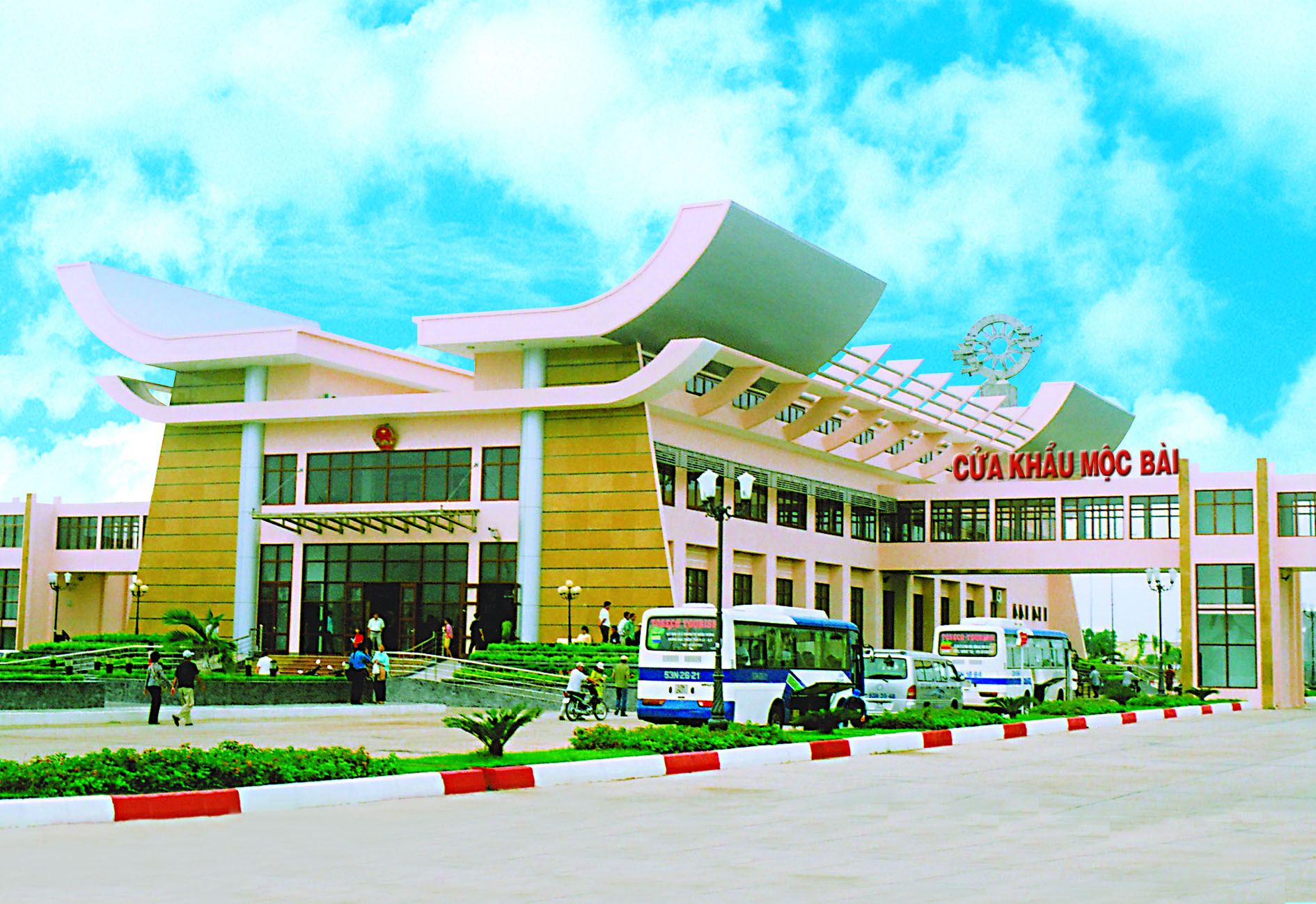
If you want to discover the beautiful country Vietnam, do not hesitate to take a trip from Cambodia to Vietnam. Many options are given to you as Vietnam and Cambodia …
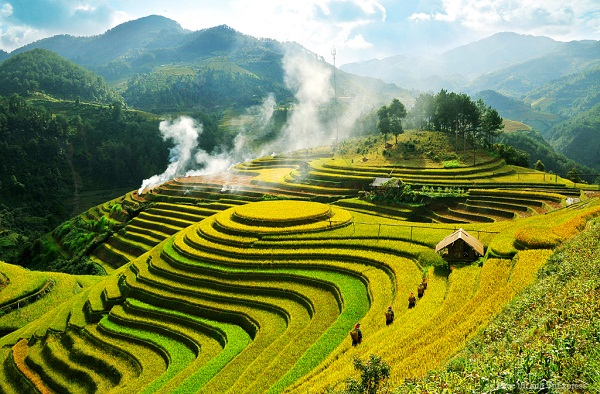
Most countries in the world need a visa when visiting Vietnam. Only some countries are exempt from visa if visiting Vietnam in a short time. You can check the full …
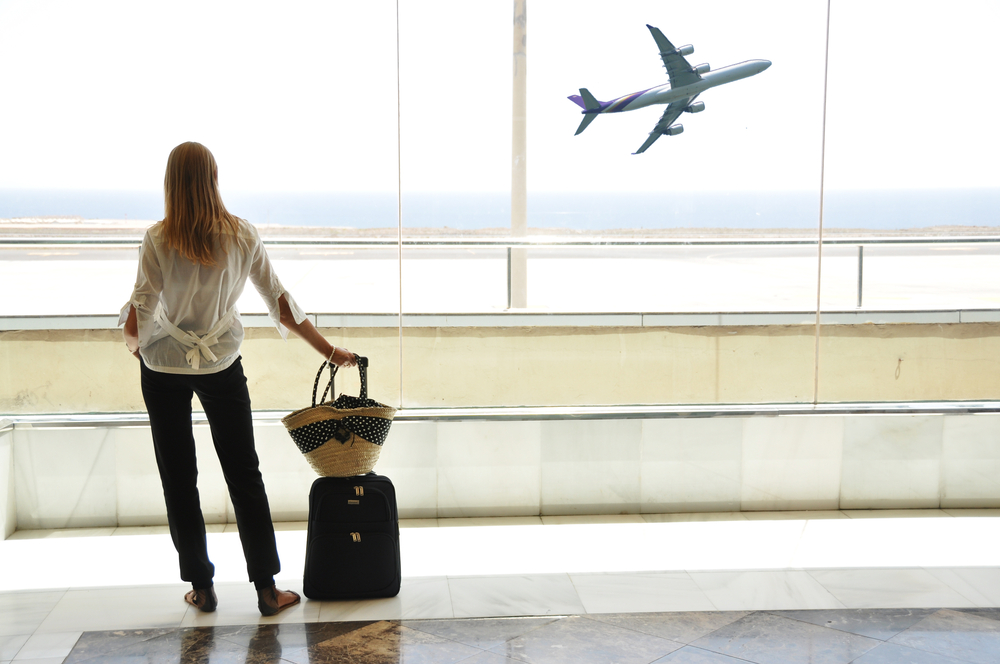
Have you ever wished to visit Vietnam and enjoy your holiday there? If yes, you should plan to come to Vietnam right now. The visa policy is not a problem …
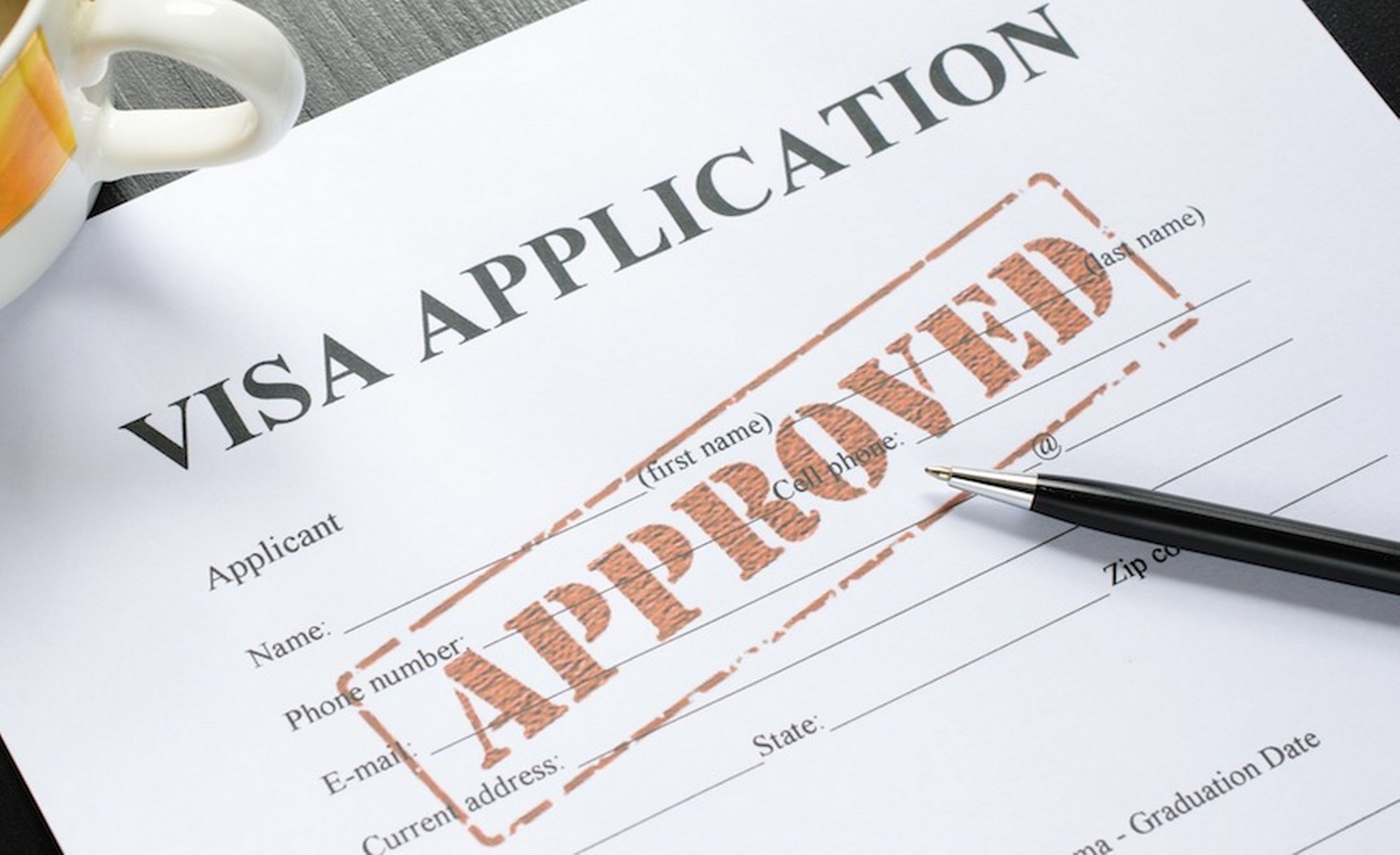
To be able to enter another country for various purposes such as travel, work or other purposes, the visa is one of the necessary documents that you need to prepare. …
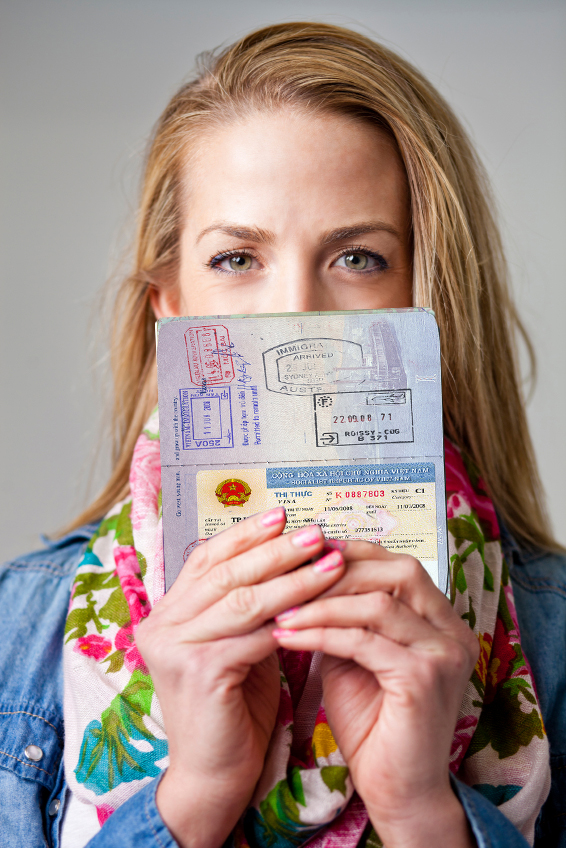
Life is growing, and the demand of travelling overseas has become one of the basic needs of people. As one of the developing countries, Vietnam has also become a destination …

As a combination of both ancient and modern features, harmonious natural scenery, friendly people, Vietnam has always been a tourist attraction that attracts attention a lot of India people in …
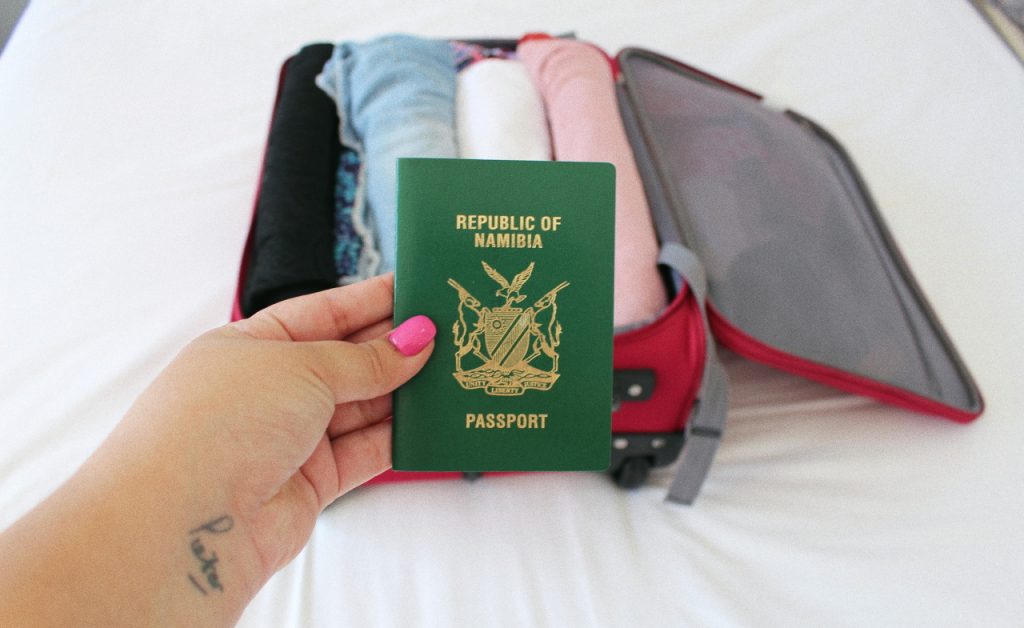
Vietnam visa is divided into many types, so it sometimes makes the applicants confused. They don’t know which type of visa is suitable and how much does that visa costs? …

